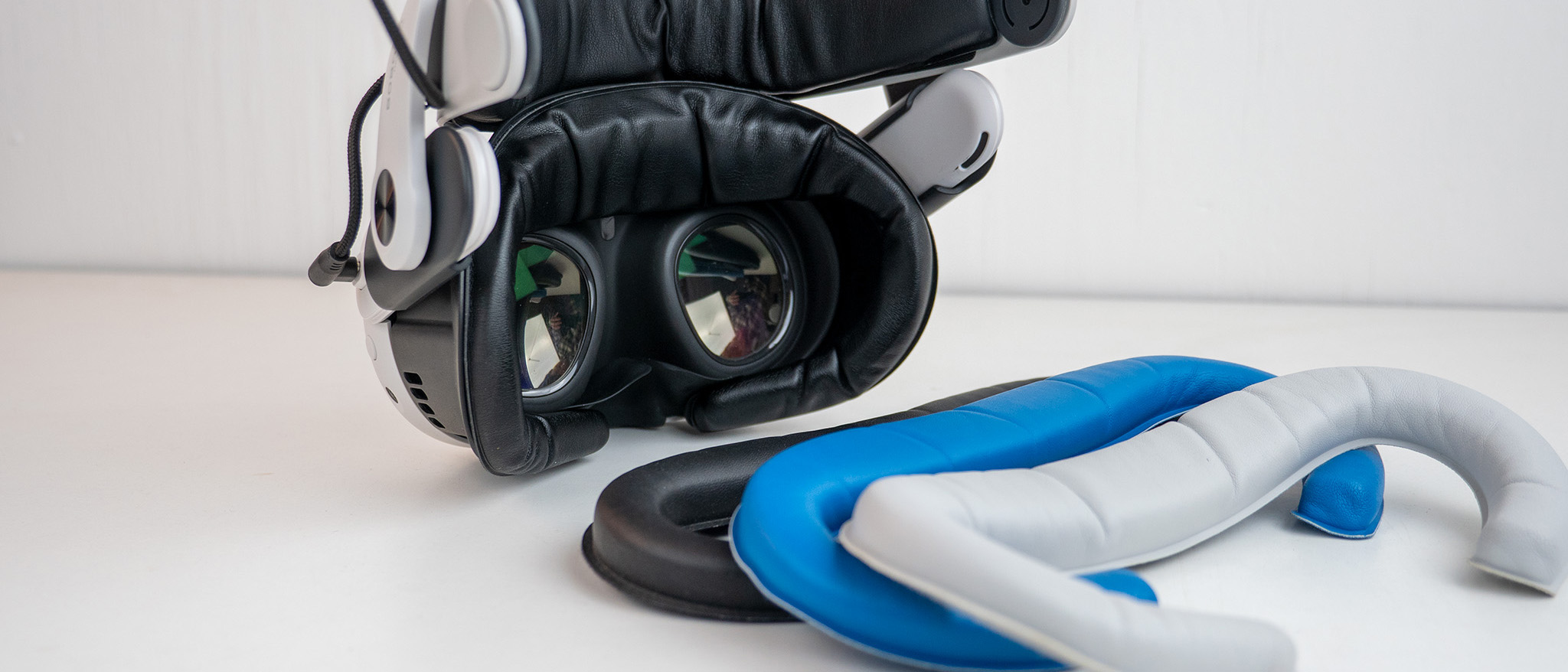Android Central Verdict
AMVR makes the best Quest 3 facial interface, with vents on top and bottom to help eliminate lens fog. The cushy face pads are made of easy-to-clean PU leather and the velcro adhesive makes them easy to remove and swap out for multiple players. The nose seal can be annoying to reattach when it falls off and the built-in glasses spacer is tough to adjust, but this pad does everything else perfectly.
Pros
- +
Eliminates lens fog
- +
Breathable vents
- +
Comfortable PU padding
- +
Easy to remove and clean pads
- +
Built-in glasses spacer
- +
Great light blocker
Cons
- -
Nose seal can be annoying
- -
Glasses spacer can be tough to adjust
Why you can trust Android Central
The default cloth Quest 3 facial interface is pretty comfortable, but it has a few obvious flaws. AMVR's facial interface replacement fixes nearly all of those by using an easy-to-clean and replace PU leather pad, vents to eliminate lens fog, and even a built-in glasses spacer like the default Quest 3 face pad has.
AMVR was one of the first companies to deliver Meta Quest 3 accessories after the headset launched in October 2023. Surprisingly, the company's offerings are still among the best Meta Quest 3 accessories despite other companies having longer development times.
The AMVR facial interface replacement for Meta Quest 3 ships with two main parts: the pad and the facial interface adapter. The adapter itself is plastic and slots right into the headset in the same way the default pad does. Unlike the default pad, however, AMVR's solution separates the pad from the spacer to make things more convenient.
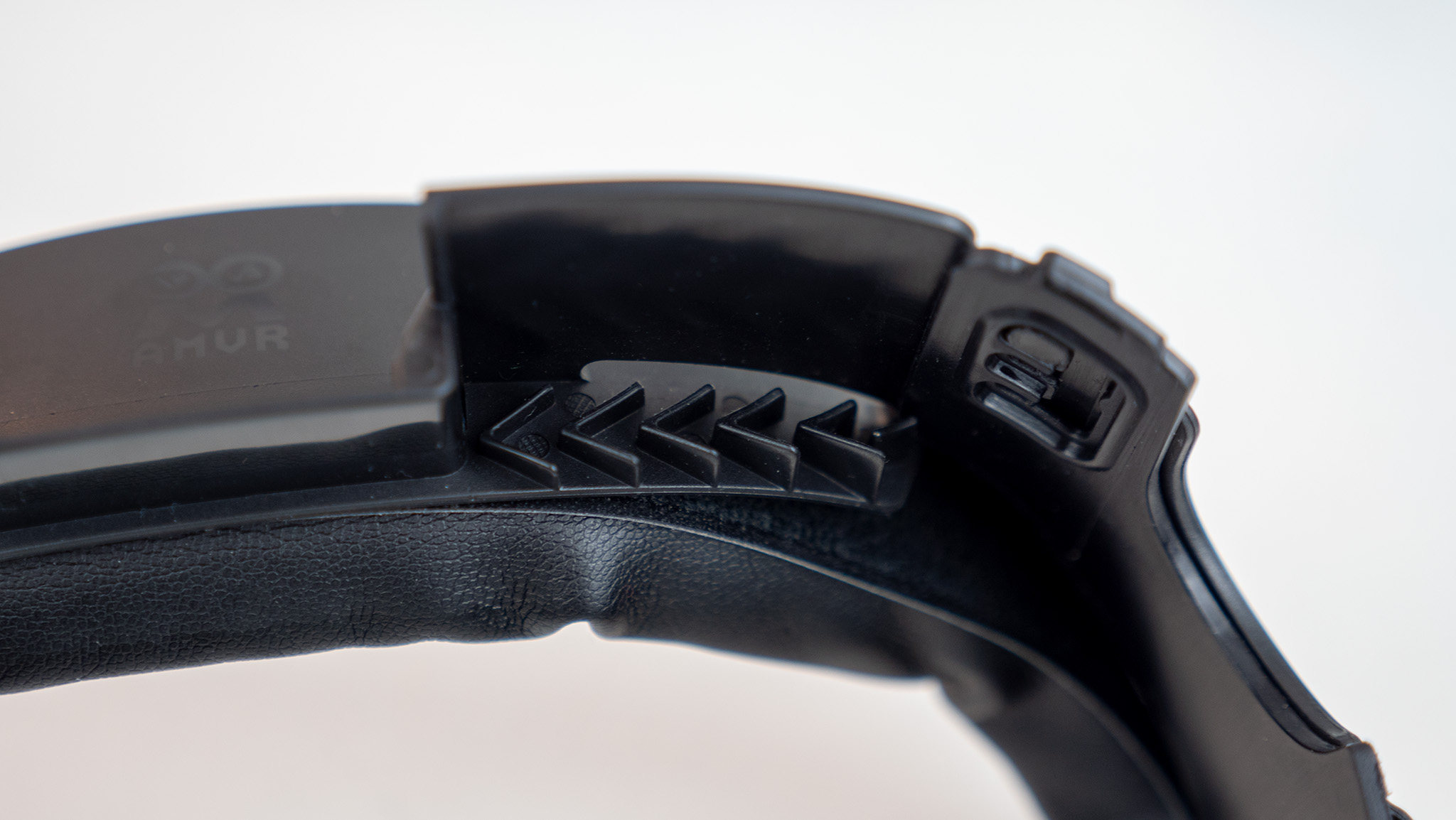
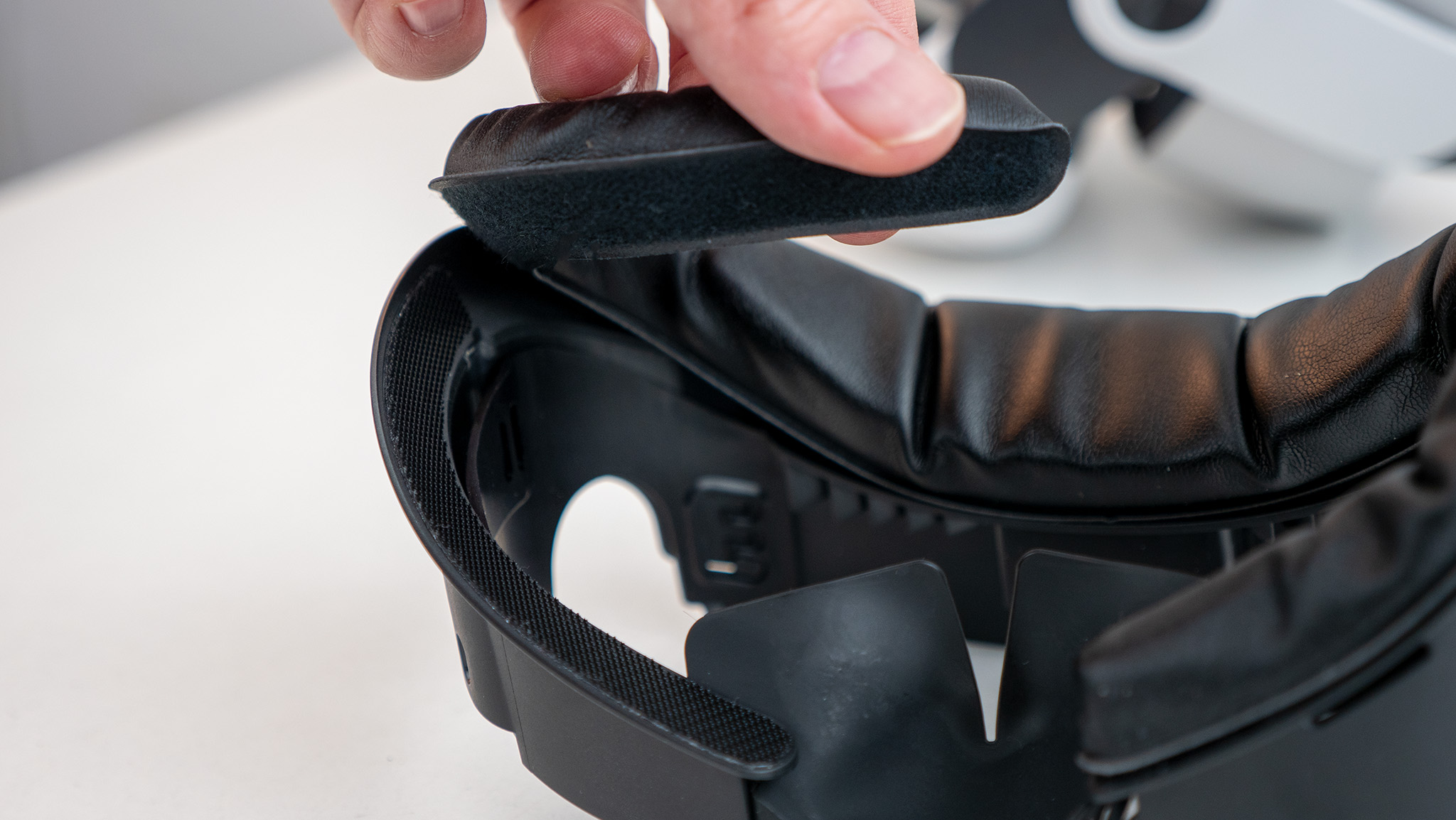
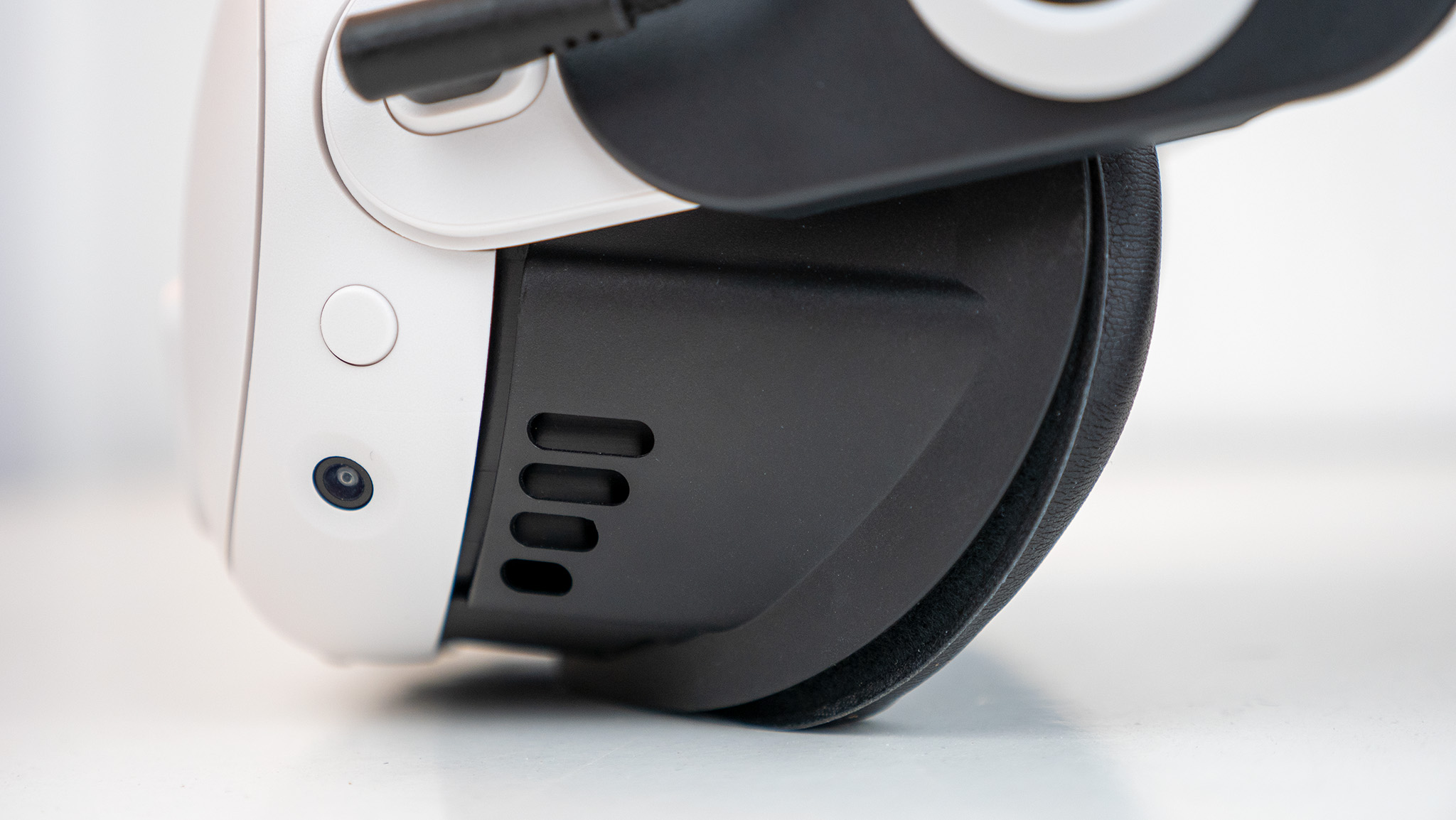
The adapter is lined with brilliantly designed vents that keep light from entering the headset, yet somehow allow moisture and heat to escape. That last part is crucial for preventing lens fog. I've had a few instances where the corners of the lenses would still fog in the first few minutes of play, but haven't had the Quest 3's lenses completely fog up with this facial interface as they do with the default pad.
AMVR uses a similar built-in glasses spacer solution to Meta's, with three preset spacing options and prongs that keep the interface locked into place. I found these were a little hard to adjust since the adapter uses four anchor points, and I often had to readjust the spacing after plugging the adapter into the Quest 3 headset.
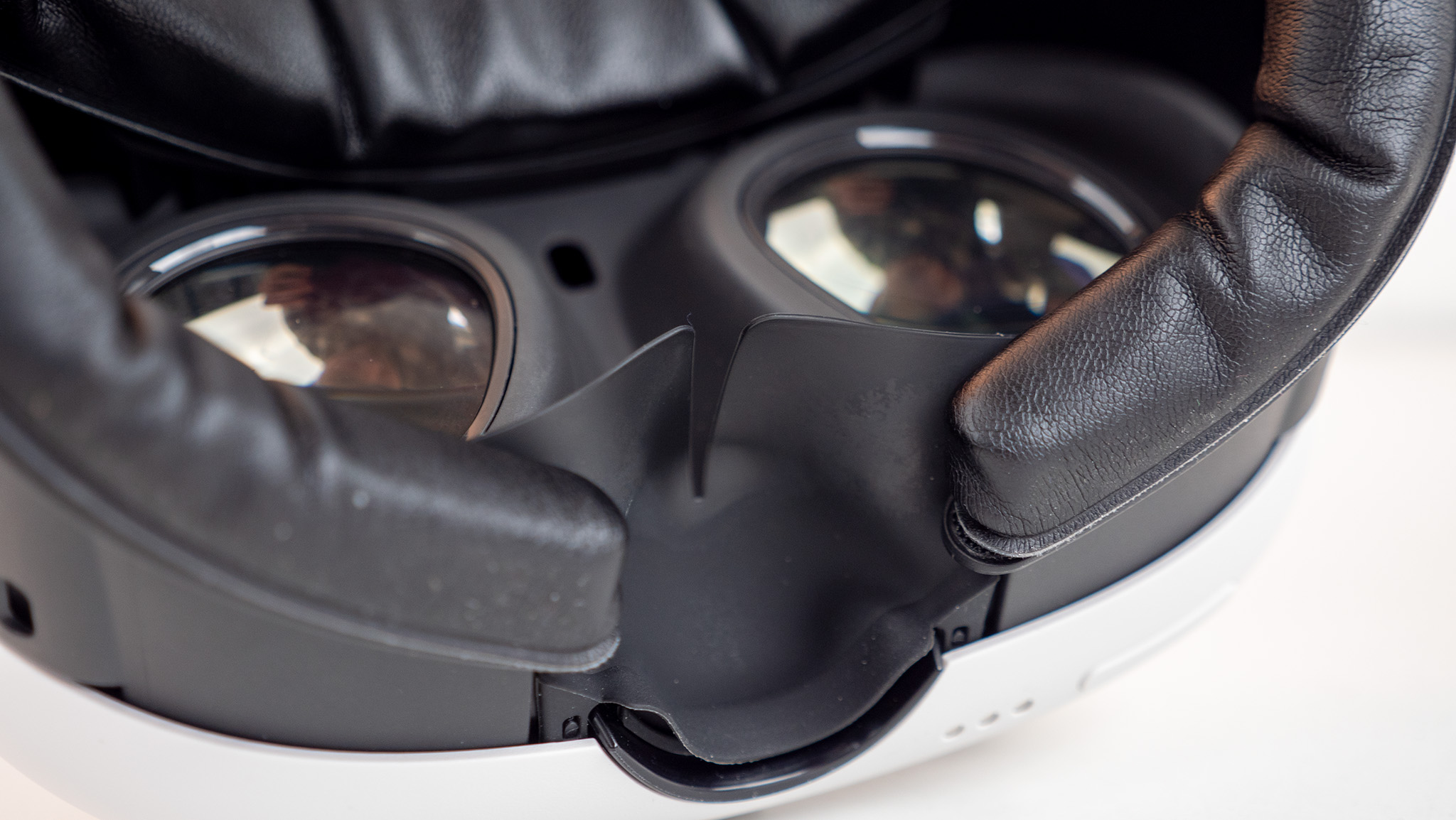
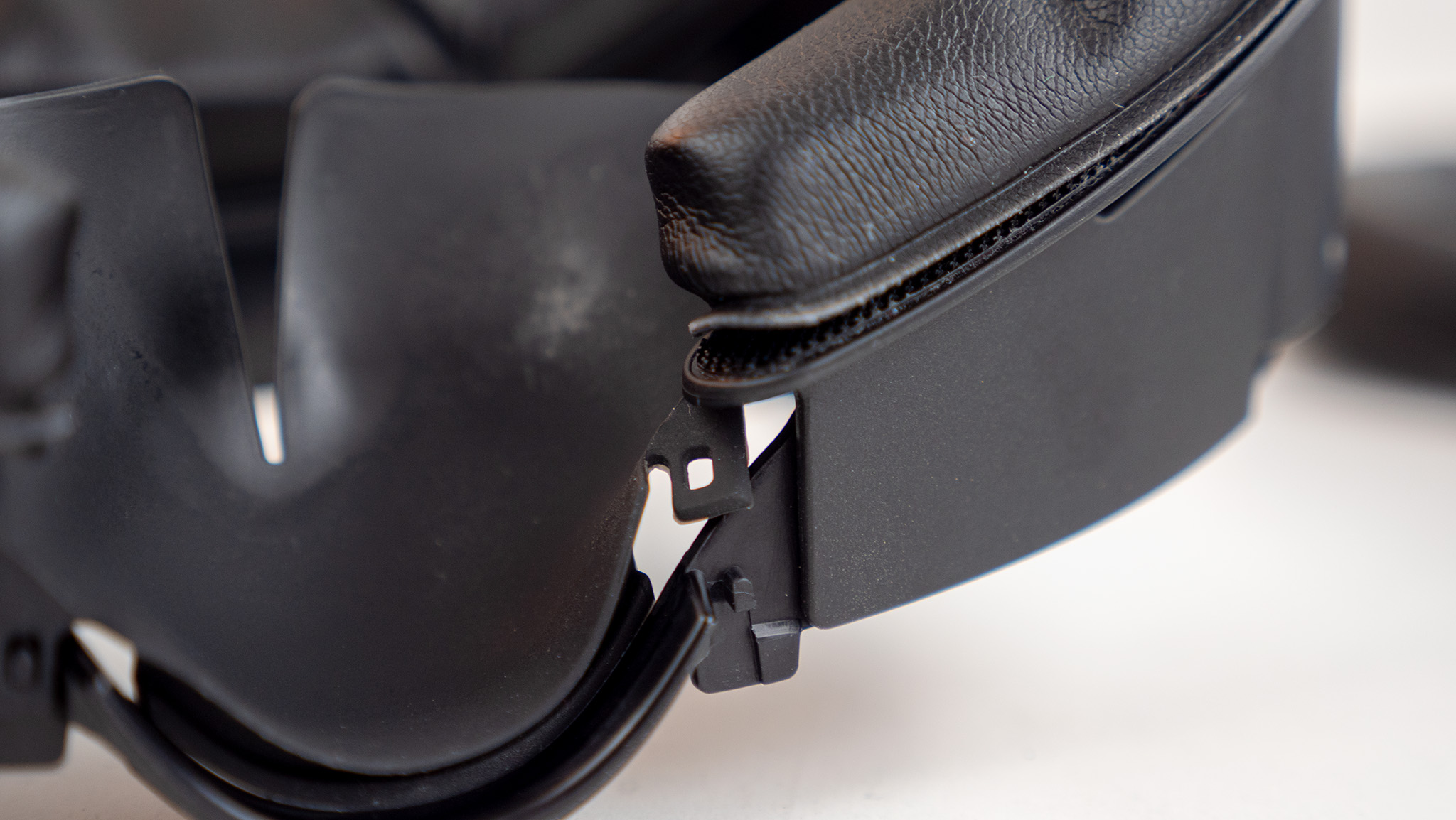
The front of the adapter is lined with Velcro-style hooks that fit nicely with nearly every facial interface pad I own. Even the best Quest 2 facial interface pads fit on AMVR's design, meaning you won't need to buy a bunch of new pads if you already won a Quest 2, along with some Velcro-backed face pads.
That makes it easy to remove the pads and clean them after use. It's also simple to swap them out when needed, which is handy for when you've got friends or family over and want to keep them feeling clean by using separate face pads.
The biggest regular annoyance with this design is the nose seal. It's barely held on with one small prong on each side of the floppy seal and easily comes undone when changing out the face pad. It's also annoying to try to push it back into place, but it does such a great job of blocking out light that I find myself going through the hassle of getting it back on when it falls off.
Overall, this is the best facial interface replacement you'll find on the Meta Quest 3 today. A tighter nose seal and adjusted glasses spacer design would make it perfect, but neither problem is big enough to complain about much.

You must confirm your public display name before commenting
Please logout and then login again, you will then be prompted to enter your display name.
